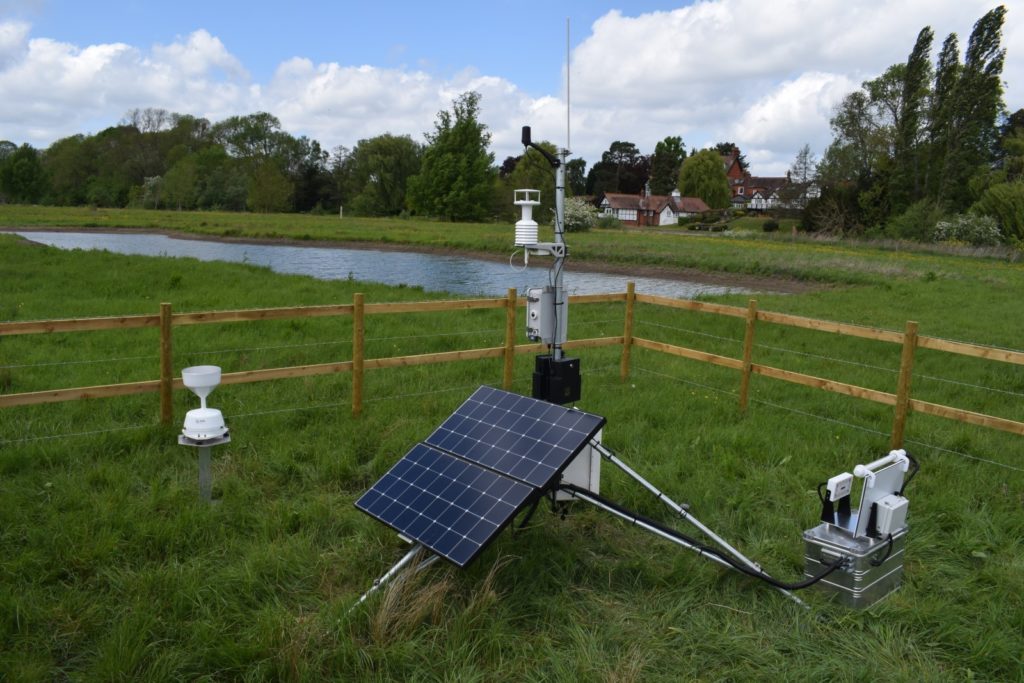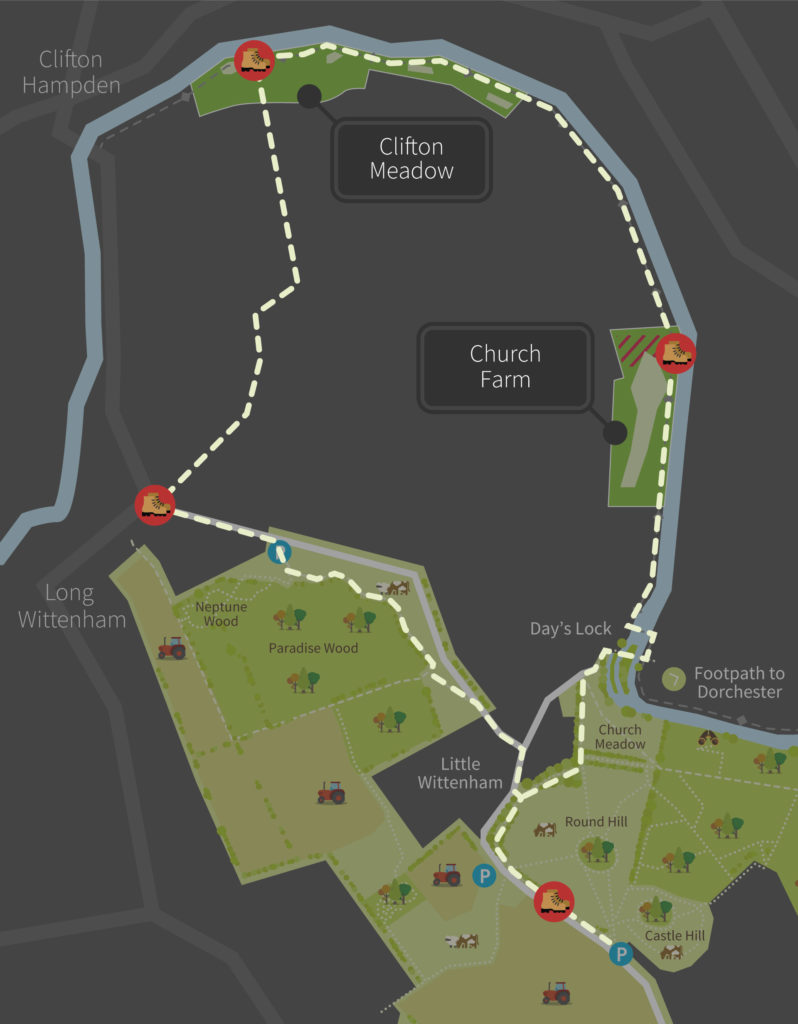Biodiversity monitoring at River of Life II
In 2021 we finalised the construction of River of Life II – the largest wetland habitat creation of its kind on the banks of the River Thames and Thame. This project aims to improve water quality, biodiversity, carbon sequestration and flood alleviation, and demonstrate how similar projects can benefit the environment and people without damaging farming models.
Discovering our wetland inhabitants
We’ve partnered up with our friends at the UK Centre for Ecology & Hydrology (UKCEH), to find out exactly what wildlife has been enjoying our new wetland habitat with an ecological study into returning species, their numbers and habits, to better understand the impact of the changes in biodiversity and ‘re-wilding’ of features. UKCEH have installed a very exciting, high-tech piece of equipment to monitor the wildlife visiting the River of Life II floodplain area.

The new features of this wetland area are still bedding in, so this partnership represents a fantastic opportunity for us to monitor impact from inception, and generate important learning about how new habitats evolve over time.
Ecological Research
In 2021, Network Rail enlisted UKCEH to create a biodiversity monitoring station to autonomously record and identify the calls of birds and bats, plus photograph small mammals and moths. Earth Trust is now in the fortunate position of benefiting from UKCEH’s prototype. We are extremely proud to be a beneficiary of this exciting new technology. As part of an ongoing ecological research project, the monitoring station will be generating important evidence to help us learn about the impacts of creating wetland on a floodplain as well as the potential changes in species richness, and diversity of life – including any new species in the area.
The equipment was put in place (at Earth Trust’s Clifton Meadow, adjacent to River of Life II project partner, Church Farm, north of Day’s Lock) earlier this month and, as we speak, the first set of data is now being recorded! The solar-powered station includes a moth trap, small mammal camera and a bat ultrasound recorder. It also records the rainfall, wind speed and humidity, so we can track the meteorological impacts on wildlife too. There is a 360° camera to record the vegetation growth, which might even spot the occasional otter down at the riverbank.
Earth Trust volunteers are collecting the data at regular intervals and then UKCEH do the necessary data-crunching to deliver the findings. We expect to see a variety of bats, wetland birds and water voles, but who knows what will turn up?! Our first exciting glimpse has been reported already – see the blog post.
We will be using the monitoring station for many years to come, which will enable us to see scalable changes in the data/habitat, and further help us to demonstrate the benefits that other similar projects may create.
Inspiring change
With wetlands increasingly suspected to play an important role in storing carbon, and with their ability to act as natural flood defences and filtration systems to improve water quality, these habitats can have far-reaching effects.
Our aim is to create a demonstration of how landowners, working in partnership to create initiatives like River of Life II, can make a real difference to climate, biodiversity and human health. If replicated on an even larger scale (for example, at many more places along the River Thames) then the impacts would be even more significant.
